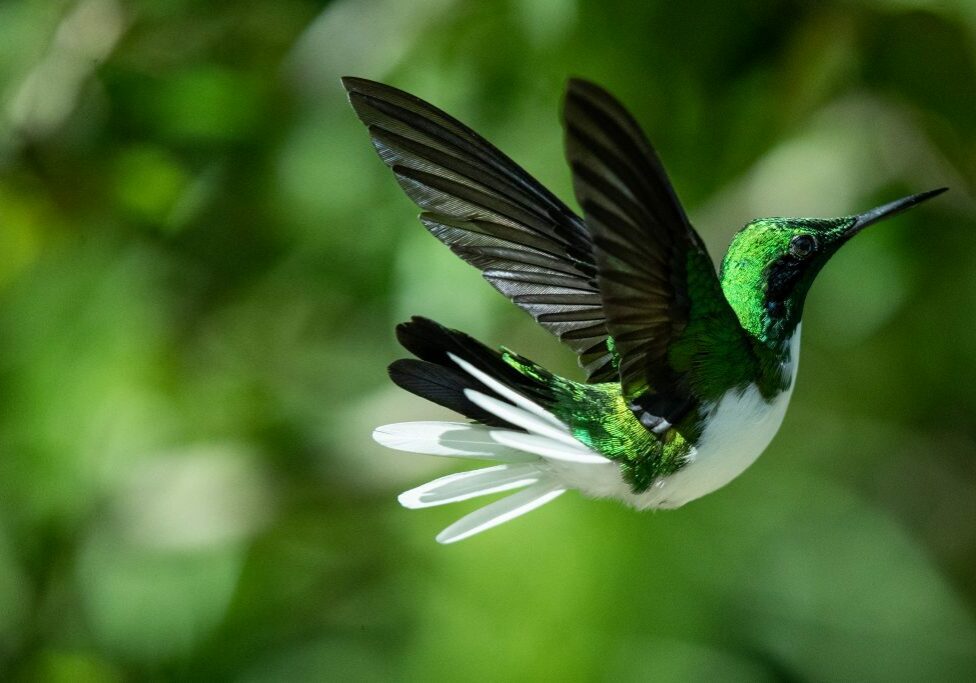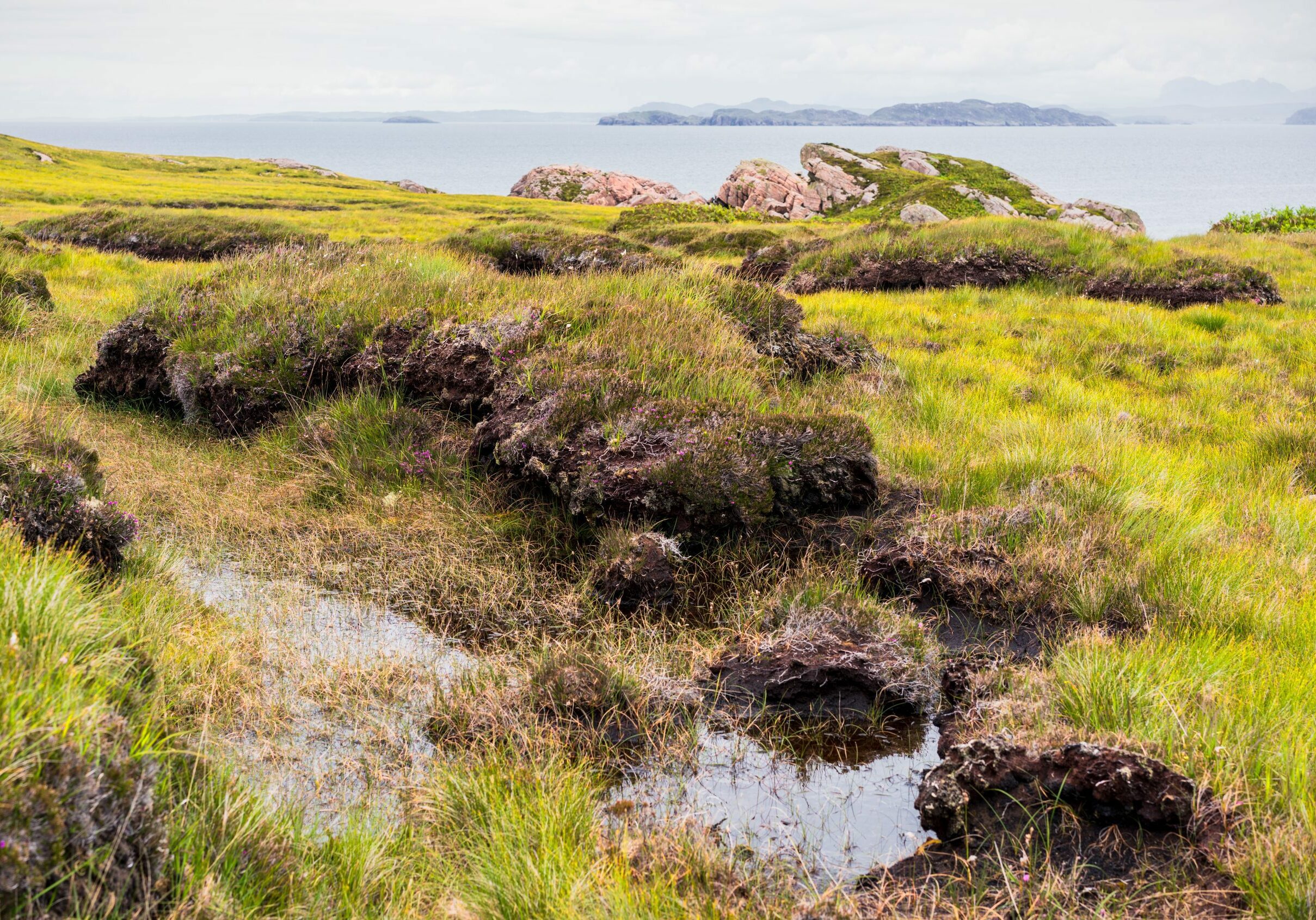The coronavirus pandemic changed our daily existence suddenly and dramatically in 2020. Lives that had been spent transitioning seamlessly and automatically from computer to car to shopping centre came to an abrupt halt. Instead, we took to our feet, following government exhortations to take exercise in the park or countryside close to our homes.
The pandemic has had terrible impacts, but many people experienced moments of delight that lingered for days. They had discovered something that scientists have now proven: that nature is good for our health. And among the organisms giving gifts to our minds and bodies, there is one that stands especially tall.
It feels as if we’ve known forever that trees are good for wildlife. How many of us were taught that our much-loved oak could sustain up to 350 species of invertebrate? That its leaves provided food for bugs that were eaten by other bugs that were eaten by birds that made their nests in those same trees?
But this was an underestimation. A study in 2019 discovered the true number of invertebrates that owe their lives to the oak is more than three times that figure. And that oaks could support more than 2,300 species of birds, mammals, fungi, invertebrates, lichens and mosses and liverworts in total.
Such arboreal bounty spreads all over a planet where one third of the land surface is covered by forest, sustaining more than three quarters of bird species, not to mention all the animals wholly dependent on the forests – from lemurs in Madagascar, to gorillas in the Congo and jaguars in the Amazon.
And the statistics about the wild riches of a habitat we’re still only beginning to unfurl as fast as leaves: between 2010 and 2013, more than 400 ‘new’ species were found in the Amazon alone.
Less than one human generation ago, scientists discovered that trees operate a complex system of mutual support. Trees in the forest are social; they communicate with each other, exchanging messages and nutrients through a vast underground network, using their root systems and connected fungi.
A mother tree passes nutrients to her saplings. An acacia being browsed by a giraffe sends a warning to neighbouring acacias that it’s under attack and so they produce toxins to repel the invader. We have come to name this astonishing network the wood-wide web.
Who’s at home in an oak?
Oak trees support a wide range of wildlife, including insects, birds and mammals
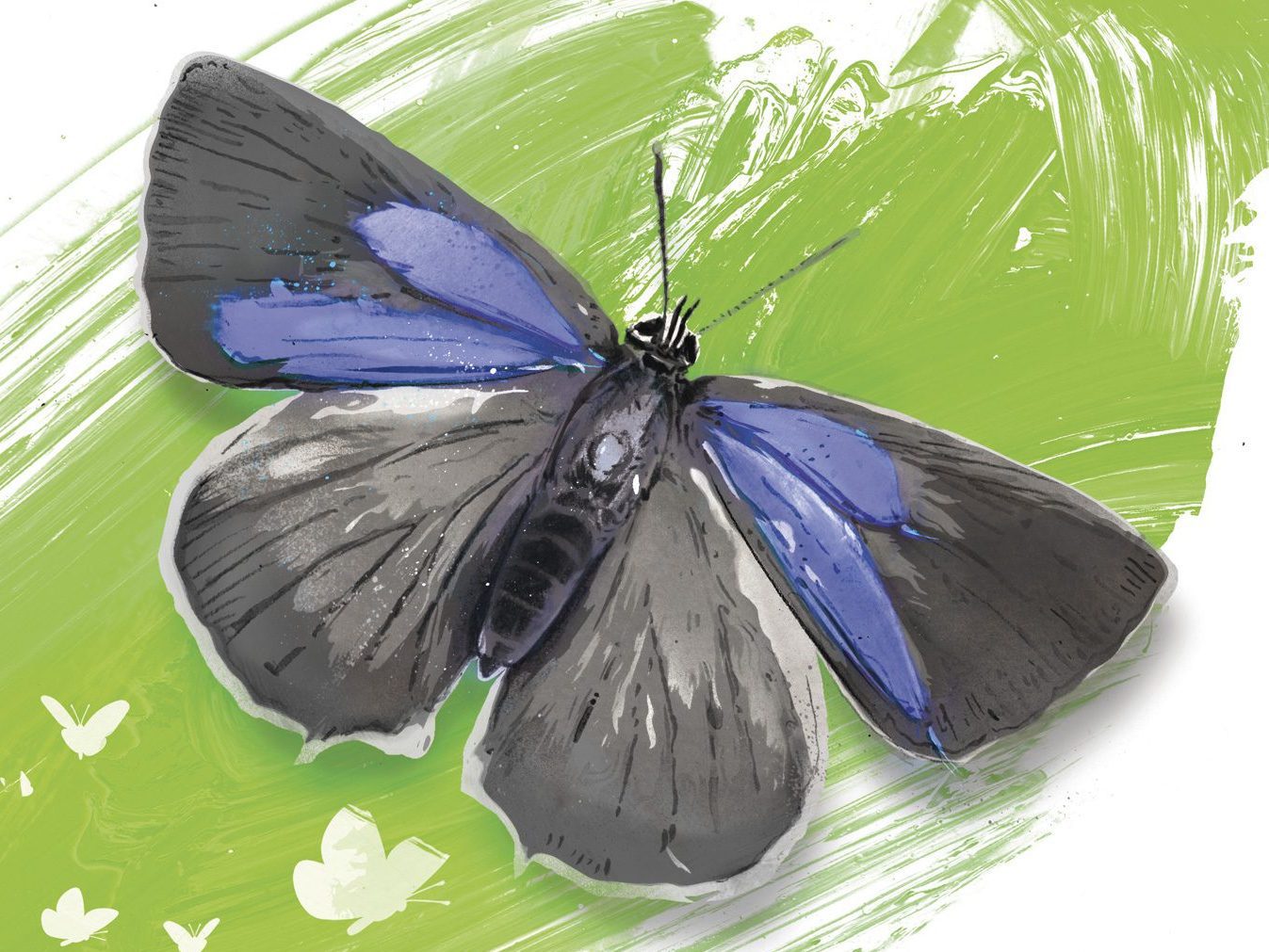
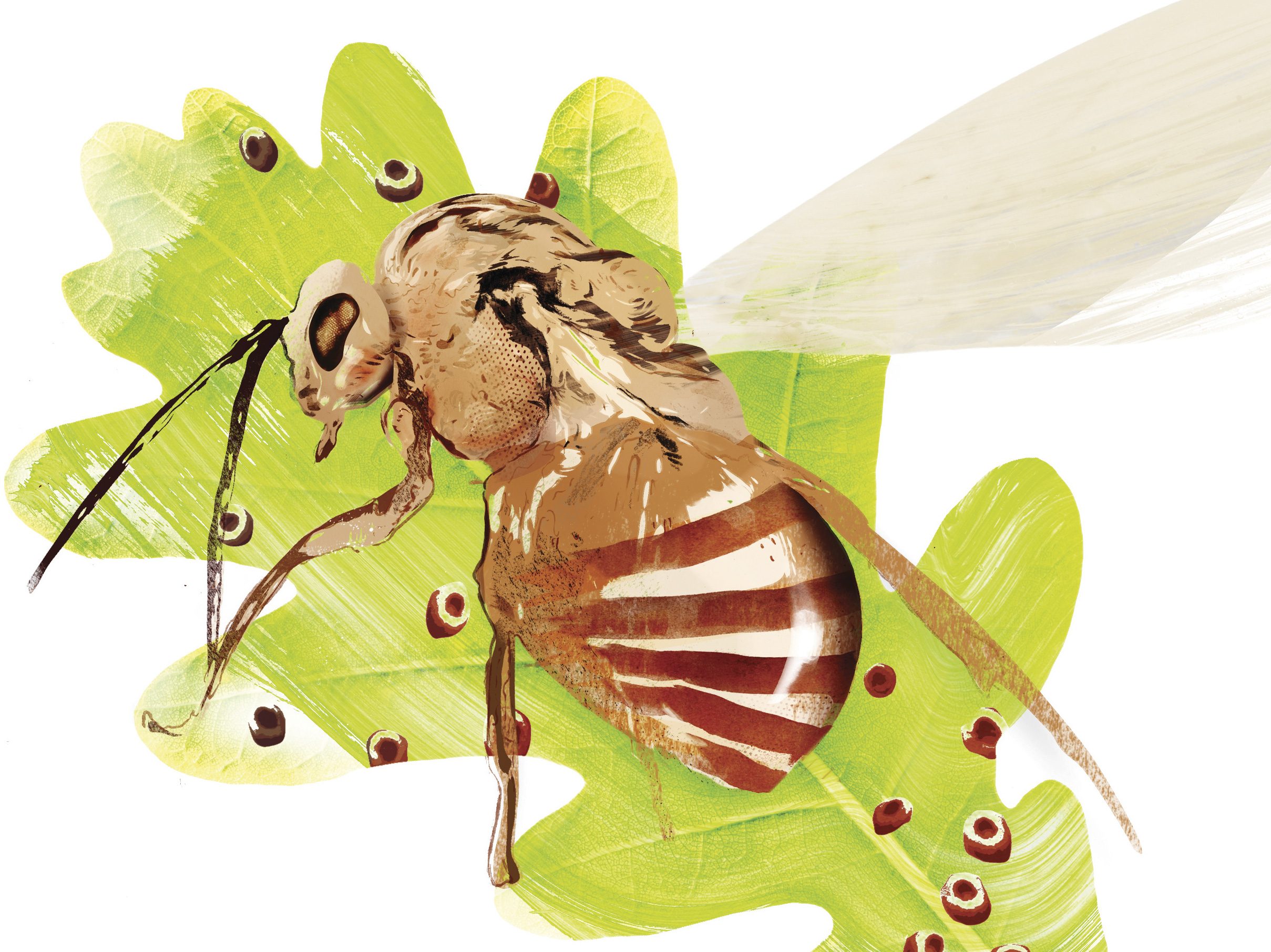
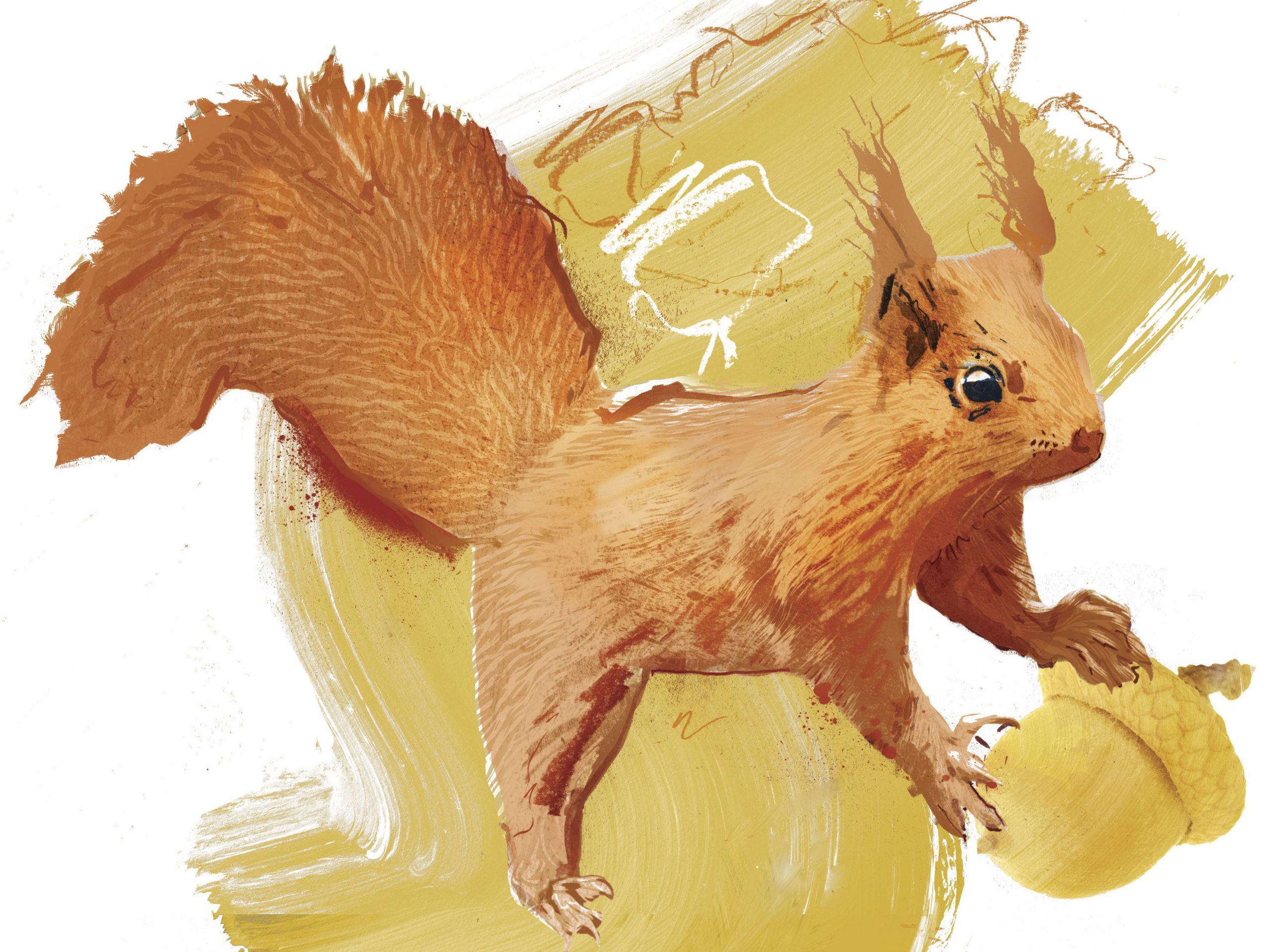
FIGHTING FOR FORESTS
We delight in trees, we find joy in forests. We relish the changing seasons: the flush of spring, the colours of autumn, gnarly ancient trees, the intricacies of branches. But beauty cannot protect itself and a tree’s bark is no defence against a chainsaw.
We are losing trees as fast as we learn about them. Once there were six trillion trees on the planet, now there are half that number. And 10 billion trees are being destroyed every year. We are living through a catastrophe for nature, for people, for the planet. There is one thing that could play a crucial role in reversing that decline. It’s not what we could do for trees; it’s what they’re doing for us.
WWF’s Stuart Dainton offers a hint into a different kind of future. “The rich biodiversity of our forests is understood,” he says. “What’s less known are the trees’ benefits to us and our health and wellbeing.”
Stuart heads up our joint venture with BirdLife International and Wildlife Conservation Society called Trillion Trees. Its vision is one where the world’s tree cover is expanding, not shrinking, with one trillion trees regrown, saved from loss and better protected around the world by 2050.
Trillion Trees has a three-pronged focus to end deforestation, improve protection and advance restoration by creating rich, diverse forests. It’s a venture that delivers for our forests, helping partners and organisations around the world to take action for trees. And it might just have a leafy ace up its sleeve.
Looking at the big picture, the evidence of trees acting as a bastion against disaster, especially from climate change, is huge. They act as deep repositories of carbon, they stem the erosion of soils and hold back flooding in a world of increasingly erratic weather patterns, and they help drive inland water cycles.
They provide us with building materials, with wood increasingly becoming a benign substitute for the carbon-spewing production of steel and concrete. And, of course, they perform the miracle of converting carbon dioxide into oxygen. They are the lungs of the planet.
But at an individual level, we’ve only just started to realise how much trees can help every one of us. Stuart calls their magic formula “the aroma of the forest”.
What many people had understood intuitively gained a scientific foundation in the 1980s. We already knew wildlife experiences gave us a boost. As Stuart says: “You see something great in nature and it gives you a huge dopamine hit.” A brilliant butterfly or a nuthatch shinning up a trunk delivers an immediate high. But there’s something about being with trees that is deeper and longer lasting.
FOUR WAYS TO CONNECT WITH TREES
Go forest bathing
Spending time in woodlands lowers stress and increases wellbeing. To enjoy the full benefits, walk slowly through the trees and clear your mind of everything except what you can see, feel or smell. Notice the sunlight dappling the ground, the rustling of leaves, and the sensations of different surfaces. Avoid judgement, just observe what’s real. This will help you feel more removed from your thoughts and enjoy more peaceful reflection.
Take a sniff
Inhale the scents of the forest to enhance your mood and experience physical benefits. By deeply inhaling a smell, you slow your breathing, which decreases physical stress responses. Sniffing pine and fir decreases cortisol levels and boosts immune system activity. Inhaling the green-leaf volatile oils emitted by crushed vegetation reduces stress and improves memory. So breathe deeply.
Listen to the trees
Abandon your inhibitions, press your ear against a tree trunk and on a windy day you’ll hear the trees making a magical, conversational, mellifluous sound as their branches sway in the wind.
Get to know a tree
Test your memory with a family member in the forest. One of you should wear a blindfold, while the other acts as a guide. Take your blindfolded partner on a winding walk before choosing a tree. The blindfolded person must get to know that tree using all their senses except sight. When ready, lead your partner back to the starting point. Then remove the blindfold and see if that person can find ‘their’ tree again. Swap roles and do it again.
MOOD-BOOSTING BRANCHES
Around 30 years ago, Japanese behavioural scientists studying workers stressed by the impact of a technology boom found that immersion in nature using all of their senses had a positive effect on their mental health. Four hours in a forest would bring maximum effects, but any exposure would be beneficial. So began shirin-yoku, or ‘forest bathing’. And within the past few years, the research has been given a chemical explanation.
The secret lies in phytoncides, natural oils that trees and plants release to protect themselves from attack by insects, bacteria or harmful fungi – the Latin name translates as ‘killed by a plant’. Such chemicals may be bad news for potential predators, but they provide enormous benefits for humans.
A Japanese study that began in 2005 found phytoncides reduce stress hormones, improve our sleep patterns and significantly increase the activity of our own natural killer (NK) cells, a type of white blood cell that enhances the activity of anti-cancer proteins. It showed that the beneficial effects of taking a walk in the woods could last more than 30 days.
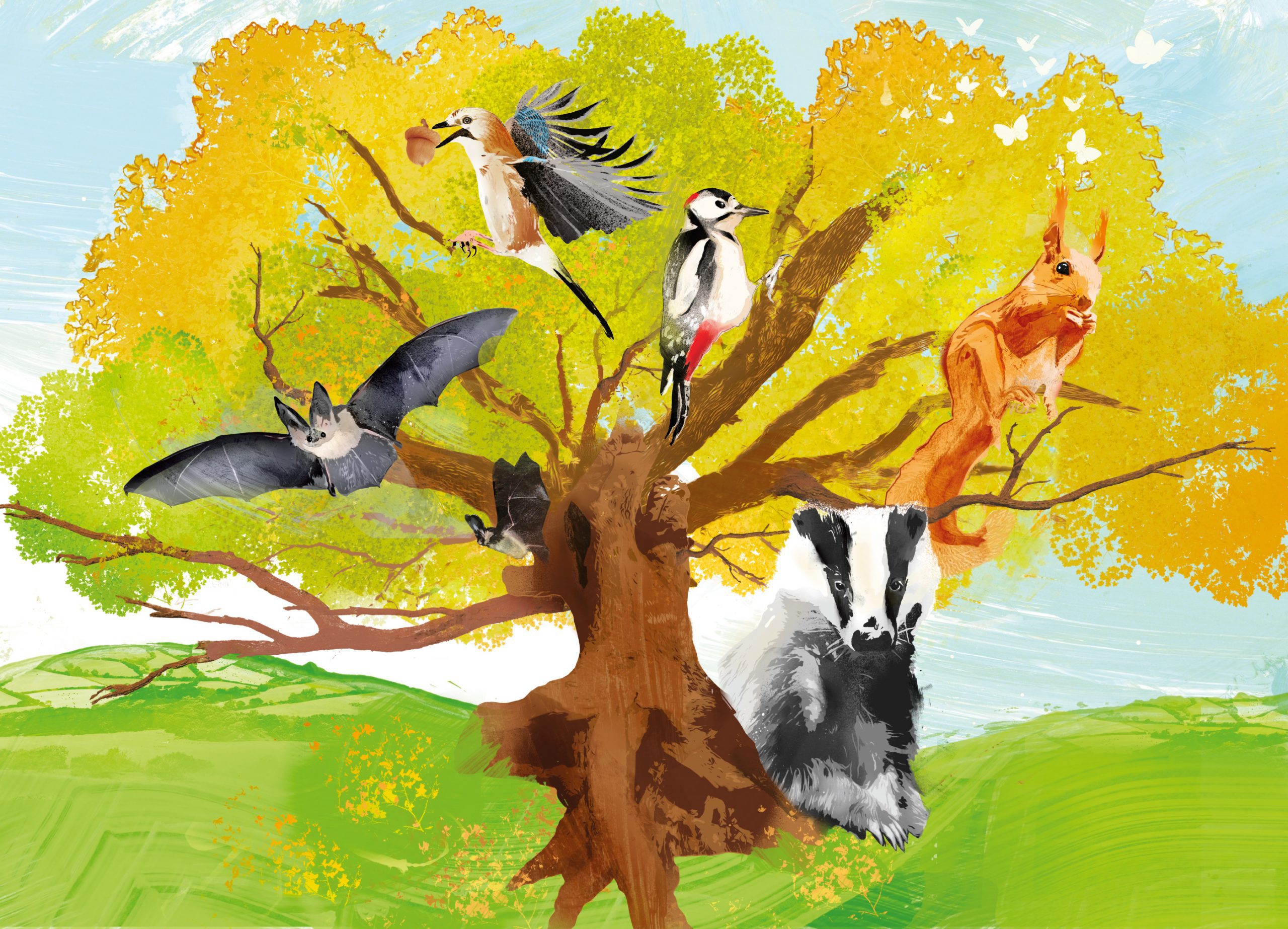
We’ve seen a rapid surge in the medical profession embracing variations on forest bathing. In 2006, Dutch health scientist Dr Peter Groenewegan and his colleagues coined ‘vitamin G’, a memorable name that acknowledged the medicinal influence of green space.
Medical practitioners now offer green space among what they would call ‘social prescriptions’, urging patients to go for outdoor therapy. Its role as a route to tackling mental health issues such as stress, and helping patient wellbeing, is becoming generally accepted.
Trillion Trees is a project that requires immediate action for long-term results. “Given the chance, nature can return quickly. Restoring forests can bring early benefits, but in terms of carbon sequestration we won’t see those benefits until much further down the line,” explains Stuart. “So it’s essential we keep our existing forests standing, where they are now, to keep all their benefits.
“Life-changing events such as the pandemic can give us the time to rethink and reset things. The challenge now is to act on what we learn so that we can protect both our own health and wellbeing, and the future of the planet.” So visit your favourite wood this autumn and take a deep breath. And know that what you’re taking in is doing you good.
ILLUSTRATIONS: © DANNY ALLISON
Explore nature, feel better
For more ideas, download our free Thriving With Nature guide, produced in partnership with the Mental Health Foundation.
More to explore
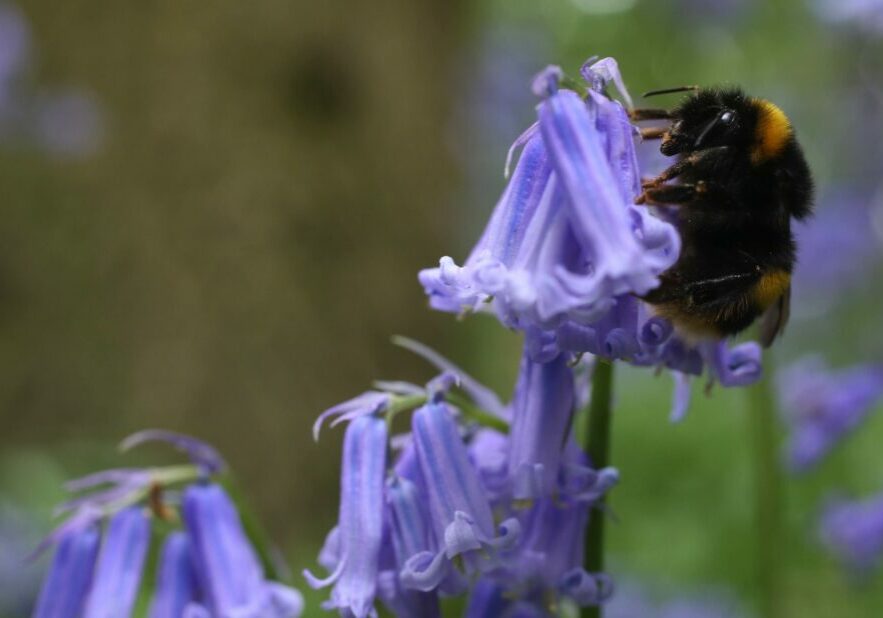
UK wildlife feeling the heat
The effects of climate change can already be seen close to home, with UK wildlife facing unprecedented challenges
